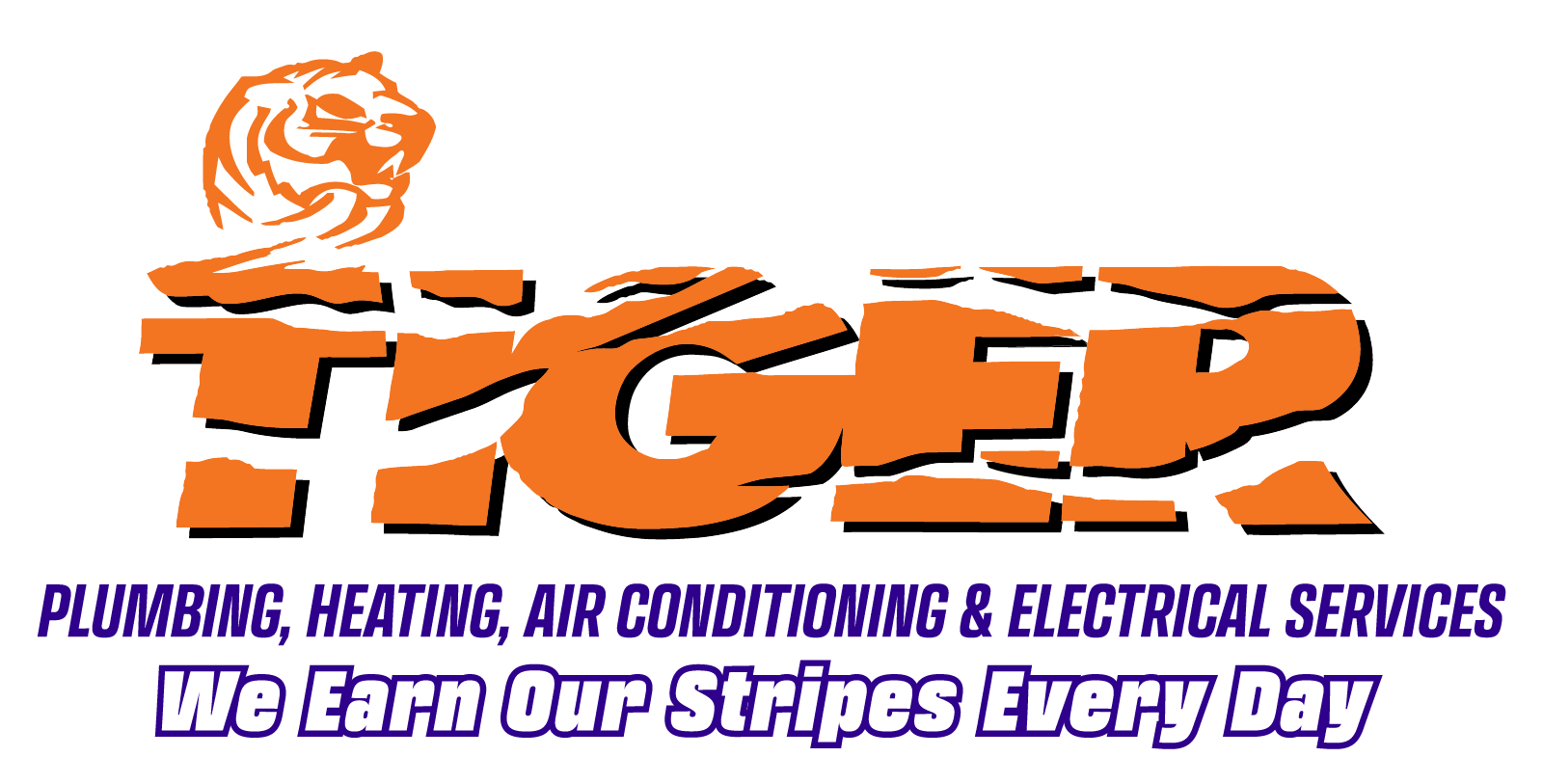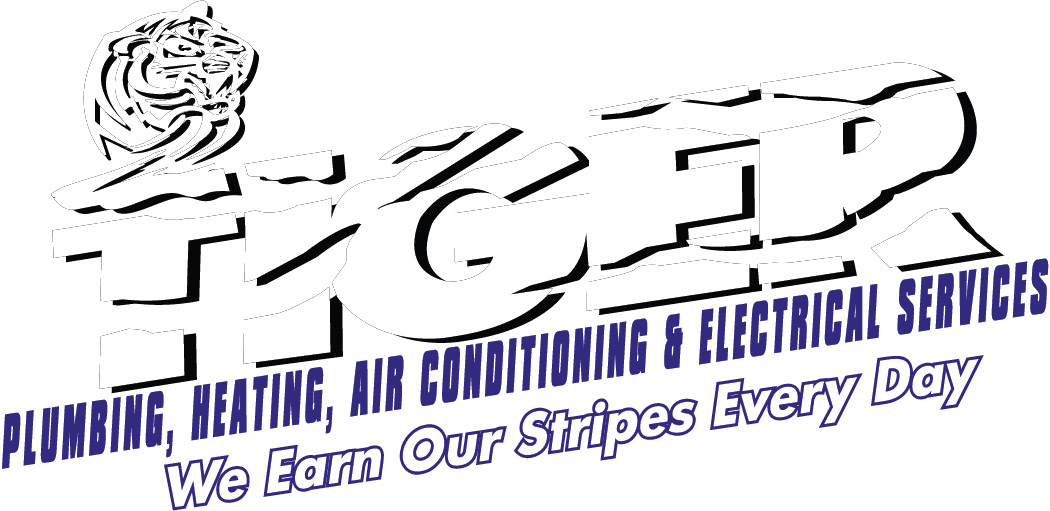101 Plumbing Tips: Advice from Tiger’s Plumbing Experts
A little expert guidance can go a long way when you’re dealing with a leaky faucet or upgrading your plumbing system. Homeowners in Peoria, Bloomington, Springfield, and Collinsville know the value of smart plumbing practices, especially in homes that experience seasonal temperature shifts, older pipe systems, or hard water.
Tiger Plumbing has compiled 101 practical tips, drawn from our team’s experience, to help you protect your home, conserve water, and avoid costly repairs. Let’s dive in.
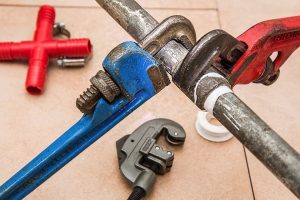
General Plumbing
- Save our number before you need it. Emergencies don’t wait. Store (618) 266-2817 now so you can act fast.
- Schedule seasonal plumbing inspections. Routine plumbing inspections catch small problems before they turn major.
- Locate your home’s main water shut-off valve. In an emergency, this valve could save you thousands in damage.
- Check exposed pipes for rust or corrosion. Catching signs early can prevent major leaks later.
- Don’t ignore water pressure changes. Sudden shifts might indicate a leak, clog, or faulty pressure regulator.
- Wrap pipes during winter. Use foam sleeves to insulate pipes in unheated areas like garages and basements.
- Listen for noisy pipes. Banging or rattling can mean loose fittings or high pressure.
- Avoid overtightening connections. Too much torque can crack fittings or strip threads.
- Test water hardness yearly. Hard water affects pipes and appliances. USGS.gov offers state-specific data.
- Install water hammer arrestors if needed. They prevent pipes from shaking when appliances shut off quickly.
- Know the age of your home’s plumbing. Older pipes may be more prone to failure.
- Drain outdoor hose lines before freezing weather. Standing water can cause burst pipes.
- Use thread sealant for metal joints. It can outperform Teflon tape in some applications.
- Protect wall pipes during renovations. Know where plumbing runs before drilling or cutting.
- Label plumbing shut offs for quick access. Especially under sinks and behind toilets.
Clogs & Leaks
- Avoid over-the-counter chemical drain cleaners. These products can damage pipes and worsen clogs.
- Try natural solutions first. Baking soda and vinegar can clear minor buildup safely.
- Use a drain snake for stubborn clogs. It’s safer for pipes than chemicals.
- Clean sink stoppers regularly. Hair and debris collect quickly in bathroom sinks.
- Watch for musty smells. A persistent odor could mean a hidden leak.
- Monitor your water bill for spikes. An unexplained increase may indicate a leak.
- Inspect ceilings for stains. Water damage often appears as brownish rings.
- Seal pipe joints with plumber’s tape or sealant. This helps prevent slow drips over time.
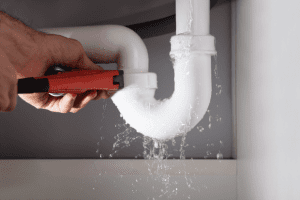
- Call for professional leak repair if leaks persist. Delayed action can lead to mold and structural damage.
- Never ignore a slow drain. It’s often a warning sign of a developing blockage.
- Flush your drains monthly. Use boiling water to help clear light buildup.
- Know the signs of a sewer backup. Gurgling drains, multiple slow fixtures, or foul odors may signal an issue.
- Schedule drain cleaning before major clogs occur. Preventative service helps keep things flowing.
- Inspect crawl spaces for wet spots. They can go unnoticed and cause serious damage.
- Don’t flush anything besides toilet paper. Even wipes labeled “flushable” can cause sewer backups.
Kitchen & Bath
- Use sink strainers. They prevent food and hair from entering the drain.
- Avoid pouring grease down the drain. It solidifies and causes blockages.
- Run cold water while using your disposal. Cold water helps fats stay solid and move along the pipe.
- Clean your garbage disposal with ice and lemon peels. It freshens and sharpens the blades.
- Don’t overload your disposal. Feed small amounts at a time to avoid jams.
- Know what shouldn’t go in the disposal. Avoid potato peels, pasta, coffee grounds, and fibrous veggies.
- Replace old aerators on faucets. They improve water flow and reduce splashing.
- Install water-saving bathroom plumbing fixtures. Toilets and showerheads now use far less water than older models.
- Replace leaking faucet washers. A worn washer is a common cause of drips.
- Upgrade to a dual-flush toilet. These models conserve water with every flush.
- Use a plunger designed for the job. Sink plungers differ from toilet plungers in shape and function.
- Wipe excess hair from drains after showering. It helps reduce the chance of blockages.
- Check for moisture under sinks regularly. Catch leaks early before cabinet damage sets in.
- Consider garbage disposal replacement if yours jams frequently. Persistent issues may indicate a worn-out unit.
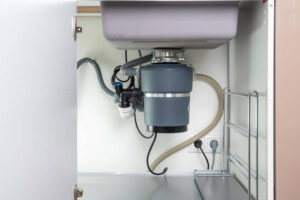
- Schedule a one-day bathroom remodel to refresh outdated plumbing. You’ll get modern efficiency and peace of mind.
Sump Pumps
- Test your sump pump every few months. Pour a bucket of water into the pit to see if it activates.
- Clean your sump pump inlet screen. Dirt and debris buildup can cause failure during heavy rain.
- Install a battery backup for your sump pump. If the power goes out during a storm, your pump still works.
- Check for sump pump vibrations. Excessive movement could indicate a clog or mechanical issue.
- Listen for short cycling. A sump pump that turns on and off rapidly may have a float or switch problem.
- Make sure the discharge pipe is clear. Ice or debris blocking it can prevent proper drainage.
- Consider an annual sump pump inspection. A professional can confirm it’s storm ready.
- Add a water alarm in the sump pit. You’ll get alerted if the pump fails and water rises.
- Keep the sump pit covered. This prevents debris or pests from falling in.
- Replace aging pumps proactively. Most units last about 7 to 10 years. Don’t wait until it fails.
Water Heaters
- Lower your water heater temperature to 120°F. It’s hot enough for comfort but helps prevent scalding and saves energy.
- Flush your tank-style water heater once a year. This clears sediment that can reduce efficiency and lifespan.
- Install a water heater timer. It helps reduce energy usage during low-demand periods.
- Insulate the first few feet of hot water piping. This keeps water warmer as it travels to your tap.
- Know the age of your unit. Most traditional tank heaters last 8 to 12 years.
- Don’t ignore rumbling or popping sounds. This can mean sediment buildup is affecting performance.
- Install a drain pan under your unit. It helps contain small leaks and directs water to a floor drain.
- Schedule professional water heater maintenance. A tune-up can extend the life of your equipment.
- Upgrade to a tankless water heater if space or energy use is a concern. These models only heat water as needed.
- Plan ahead for water heater replacement. Don’t wait until it fails. Replace it before a leak ruins your floor.
Water Conservation
- Turn off the tap when brushing your teeth. This can save up to 8 gallons of water a day.
- Fix drips promptly. A single drip can waste over 3,000 gallons a year, according to EPA.gov.
- Install low-flow showerheads. Newer designs save water without compromising pressure.
- Use your dishwasher instead of handwashing. It can use less water, especially with an ENERGY STAR model.
- Run full loads in washers and dishwashers. Maximize water efficiency with each cycle.
- Use mulch around plants and trees. This retains soil moisture and reduces watering needs.
- Replace old toilets with high-efficiency models. Modern units use as little as 1.28 gallons per flush.
- Check for outdoor leaks at hose bibs. A dripping spigot can waste gallons a day.
- Use a broom instead of a hose to clean driveways. You’ll save water and avoid runoff.
- Install faucet aerators. These reduce flow while maintaining pressure and usability.
Outdoor Plumbing
- Disconnect garden hoses before the first freeze. The water left inside can freeze and rupture your hose or spigot.
- Install frost-free outdoor faucets. These reduce the risk of frozen pipe damage in winter.
- Check your sprinkler system for leaks. Especially in spring, inspect lines and heads for winter damage.
- Use hose bib covers in winter. These insulated covers help protect exterior faucets from freezing.
- Turn off irrigation timers in cold months. Avoid watering when plants are dormant and the ground may freeze.
- Grade your yard to slope away from your home. Helps reduce water pooling near the foundation and sump pump strain.
- Install a rain barrel. Collect rainwater for lawn and garden use to cut back on water bills.
- Don’t bury hoses or irrigation lines near sewer lines. Root systems can shift and interfere with buried plumbing.
- Have your outdoor plumbing inspected. Especially if you notice soggy spots or unexplained water loss.
- Add backflow prevention on outdoor spigots. Protects your drinking water from contamination.
Plumbing Upgrades & Maintenance
- Upgrade old fixtures for water and energy savings. Today’s models are built for conservation and durability.
- Choose PEX piping for repiping projects. It’s flexible, durable, and often more affordable than copper.
- Invest in a smart water leak detector. Devices alert you via phone when a leak is detected.
- Install a whole-home shutoff valve. It shuts off water automatically during a major leak.
- Replace galvanized pipes in older homes. These are prone to corrosion and leaks over time.
- Upgrade your bathroom with new faucets and fixtures. Add function and style while improving water performance.
- Add a recirculation pump to reduce hot water wait time. Useful for large homes or long pipe runs.
- Choose lead-free fixtures. Always look for NSF/ANSI 61-certified products to ensure safety.
- Install a pressure-reducing valve if needed. High pressure can damage pipes and appliances.
- Use stainless steel braided supply lines. They’re more durable and resistant to bursting than rubber hoses.
Seasonal & Long-Term Tips
- Run water in rarely used fixtures weekly. Keeps water flowing and traps filled to block sewer gas.
- Pour antifreeze in basement floor drains before winter. Prevents standing water in traps from freezing.
- Schedule plumbing maintenance before holidays. Avoid emergencies when guests are over.
- Keep your plumbing records organized. Document repairs, upgrades, and inspection notes for future reference.
- Walk your basement or crawlspace seasonally. Look for signs of leaks, dampness, or insulation issues.
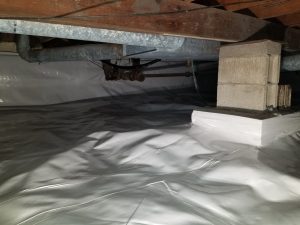
- Call Tiger Plumbing for trusted installations and replacements. We help homeowners across Peoria, Springfield, Bloomington, and Collinsville protect their homes year-round.
If you need to tighten a faucet, test a sump pump, or upgrade fixtures to be more efficient, these plumbing tips are designed to help you make smart choices. A proactive approach protects your home, prevents emergencies, and gives you peace of mind.
Tiger Plumbing is proud to support homeowners throughout Peoria, Bloomington, Springfield, and Collinsville with expert advice and reliable plumbing solutions. Have questions or need help? Schedule service online or contact us today to speak with one of our professionals.
Be sure to check us out on Facebook, Twitter, Pinterest, and Instagram
Financing
Options
Winning Team
